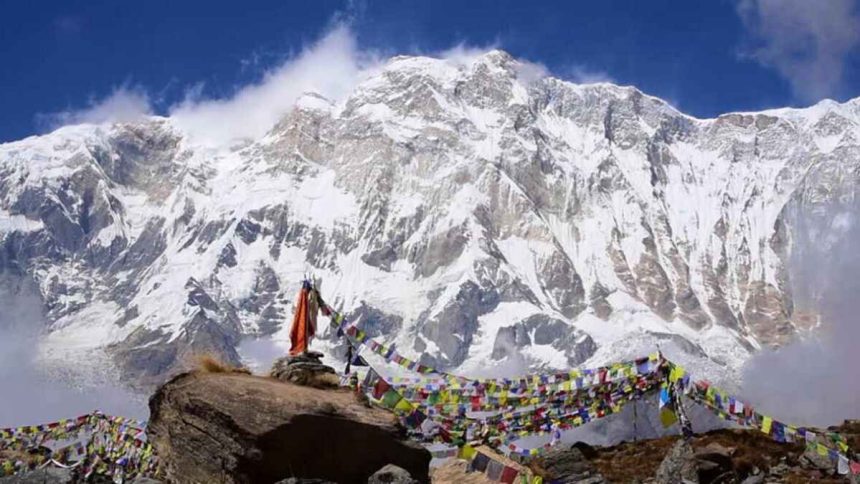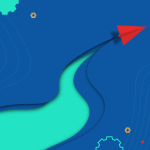Annapurna is one of the most famous mountains in Nepal. It is also one of the most dangerous and difficult to climb. The mountain was first climbed by a British expeditioner in 1869. Its peak is often shrouded in clouds and mist, which makes it difficult to see, but some climbers have been known to survive without oxygen on the mountain’s summit.
The mountain has an elevation of 8,091 meters (26,545 feet) and is located in the Annapurna Himalayas range in central Nepal. It lies just north of Mount Dhaulagiri at an altitude of 8,156 meters (26,561 feet). In Sanskrit Annapurna means “Goddess of the Fertile Rice Fields”. It is among the tallest mountains in the world and is the tenth highest peak. Annapurna has been climbed by Edmund Hillary and Tenzing Norgay in 1953, as well as by other mountaineers such as Robert Bates, Eric Shipton, Yvon Chouinard, Willi Unsoeld, Fritz Kasparek, Reinhold Messner and Anatoli Boukreev.
Mount Annapurna is one of the most difficult climbs in Nepal and is considered to be one of the world’s best. The mountain has three main treks that can be done independently or combined into a full traverse. The first trek starts at Jomsom and takes climbers to the base camp at Upper Manang on Day 2. The second trek starts from Upper Manang and ends at Middle Manang on Day 3. The third trek begins from Middle Manang and ends at Lower Manang on Day 4.
You can choose between two routes that start from Jomsom: Lhotse-Nuptse-Lhotse (8,000 m/26,400 ft) or Numbur Sungma-Manaslu-Tukuche (7,300 m/23,700 ft). Both routes take about seven days total to complete. SummitClimb a reputed mountain climbing agency provide Ama Dablam, Manaslu, and Island Peak climb at affordable price.
Lynn Martelli is an editor at Readability. She received her MFA in Creative Writing from Antioch University and has worked as an editor for over 10 years. Lynn has edited a wide variety of books, including fiction, non-fiction, memoirs, and more. In her free time, Lynn enjoys reading, writing, and spending time with her family and friends.















